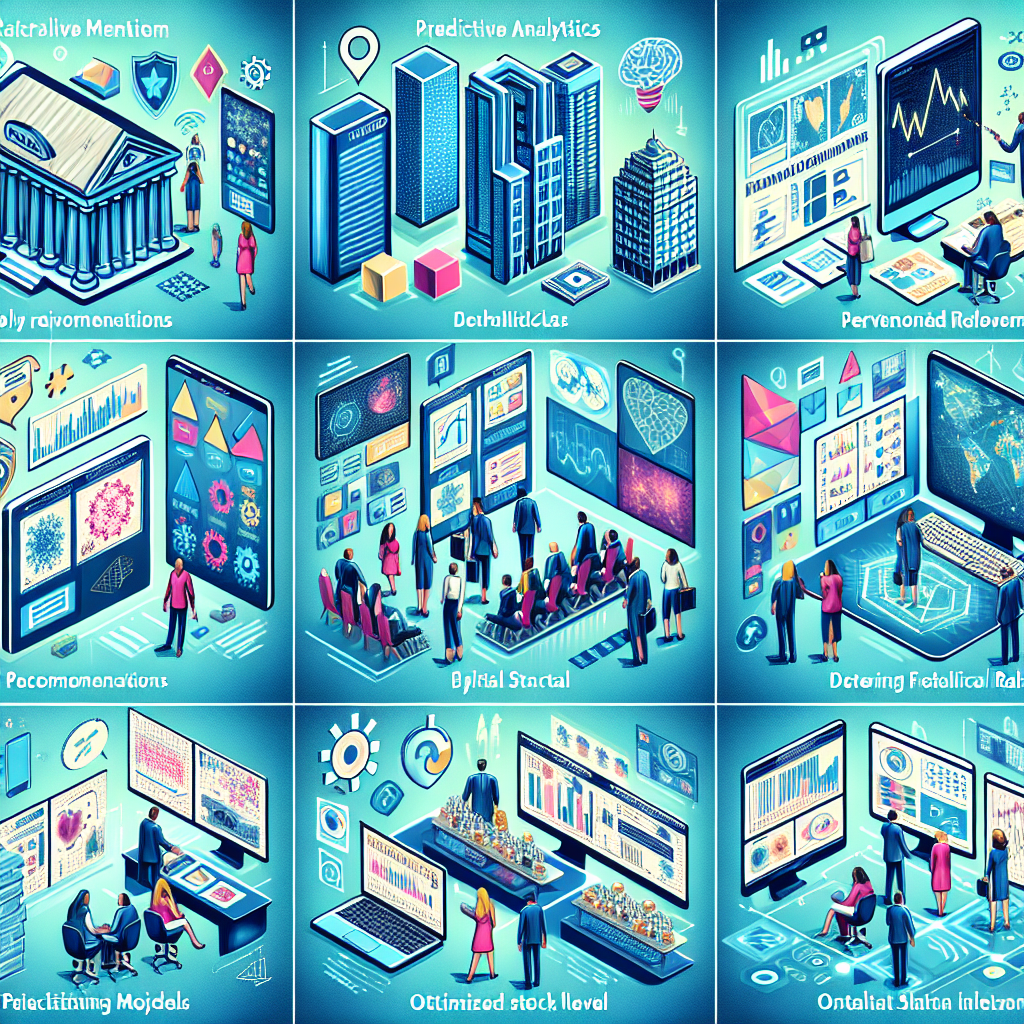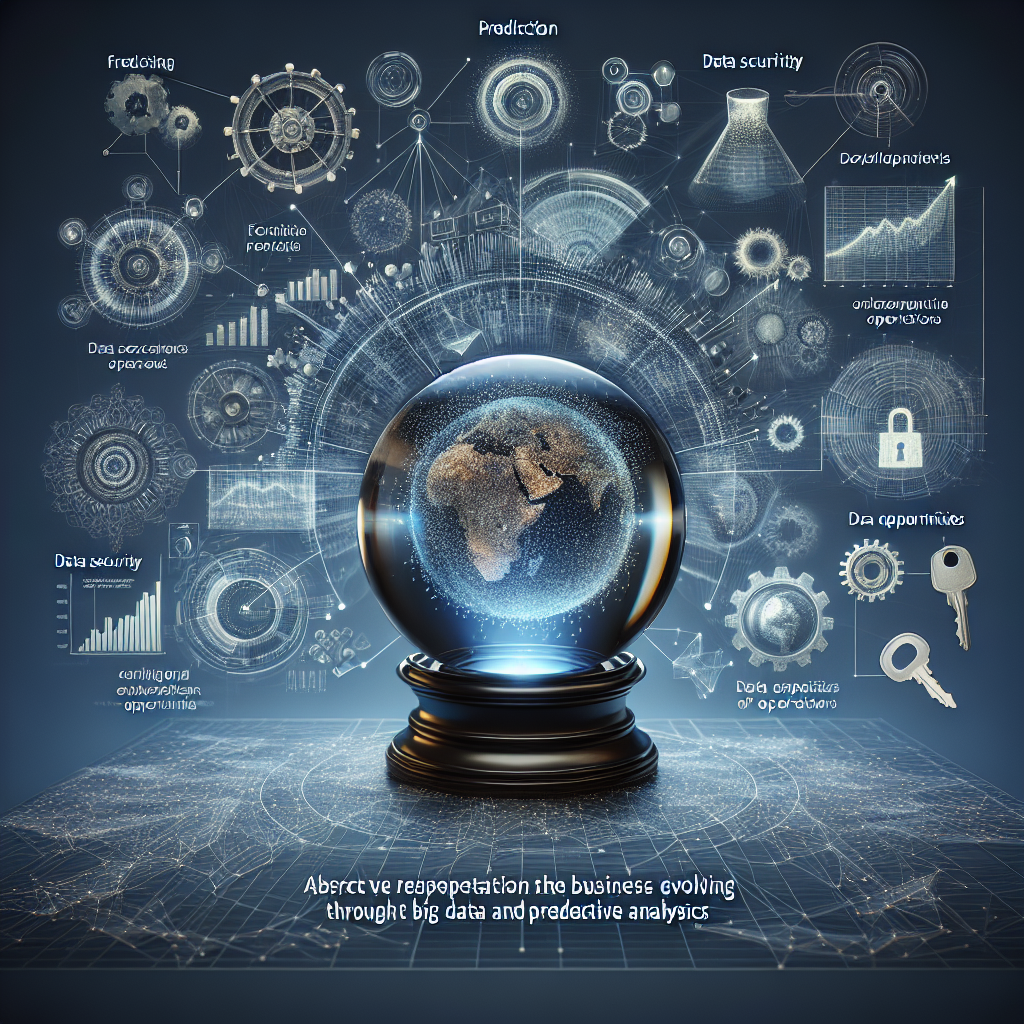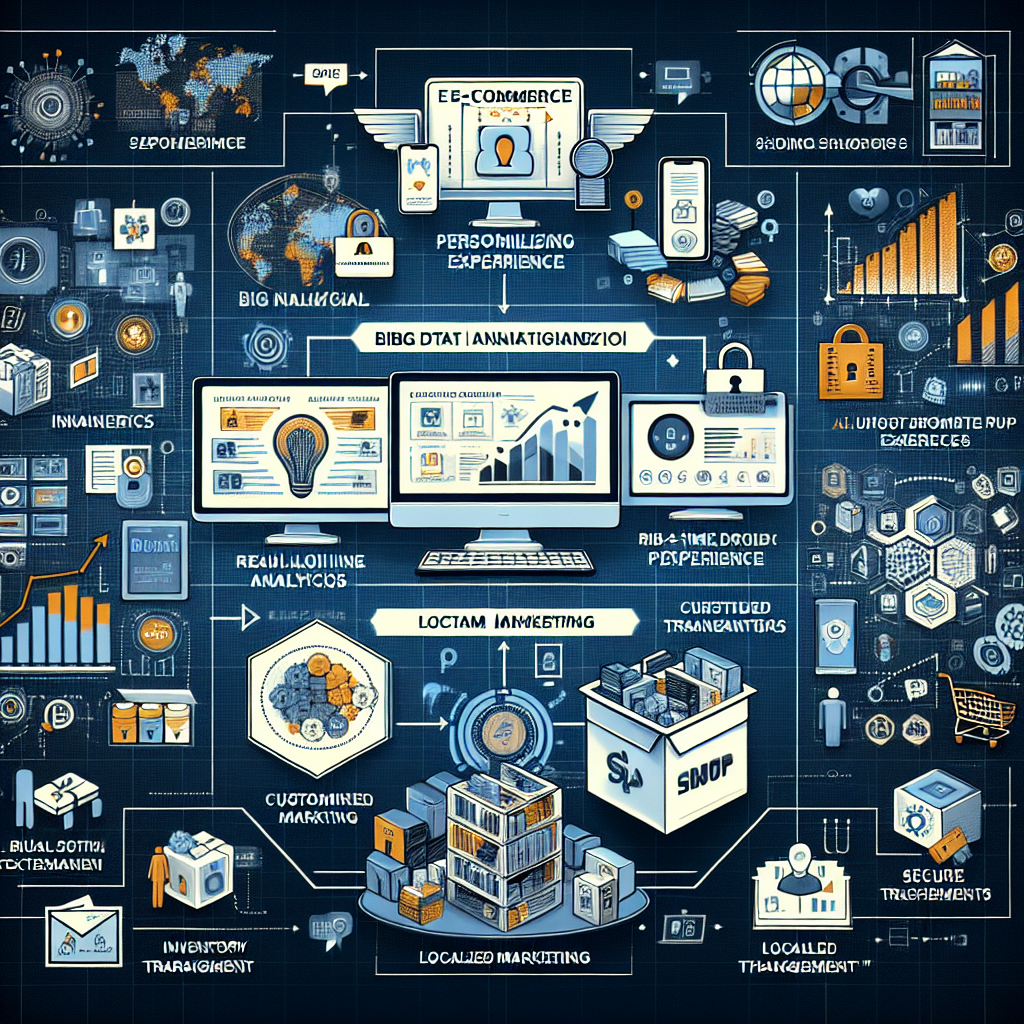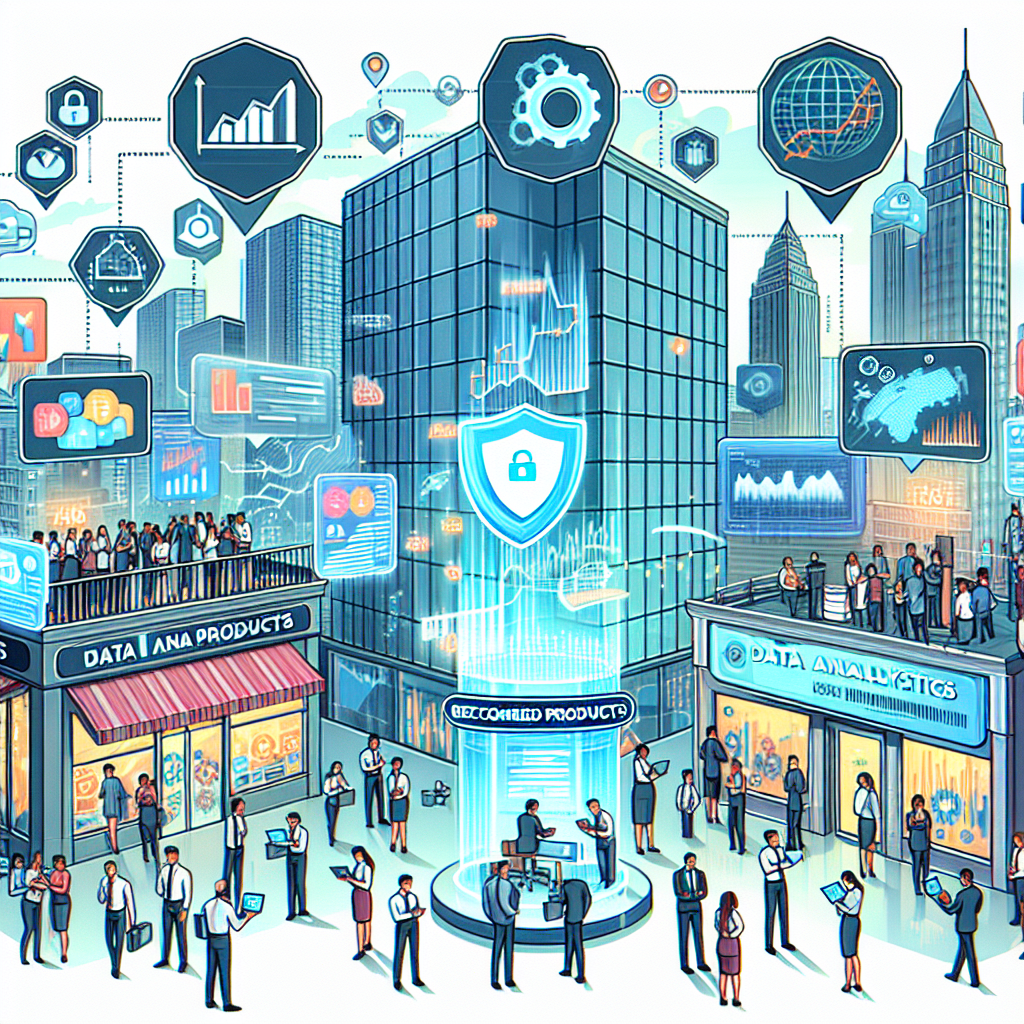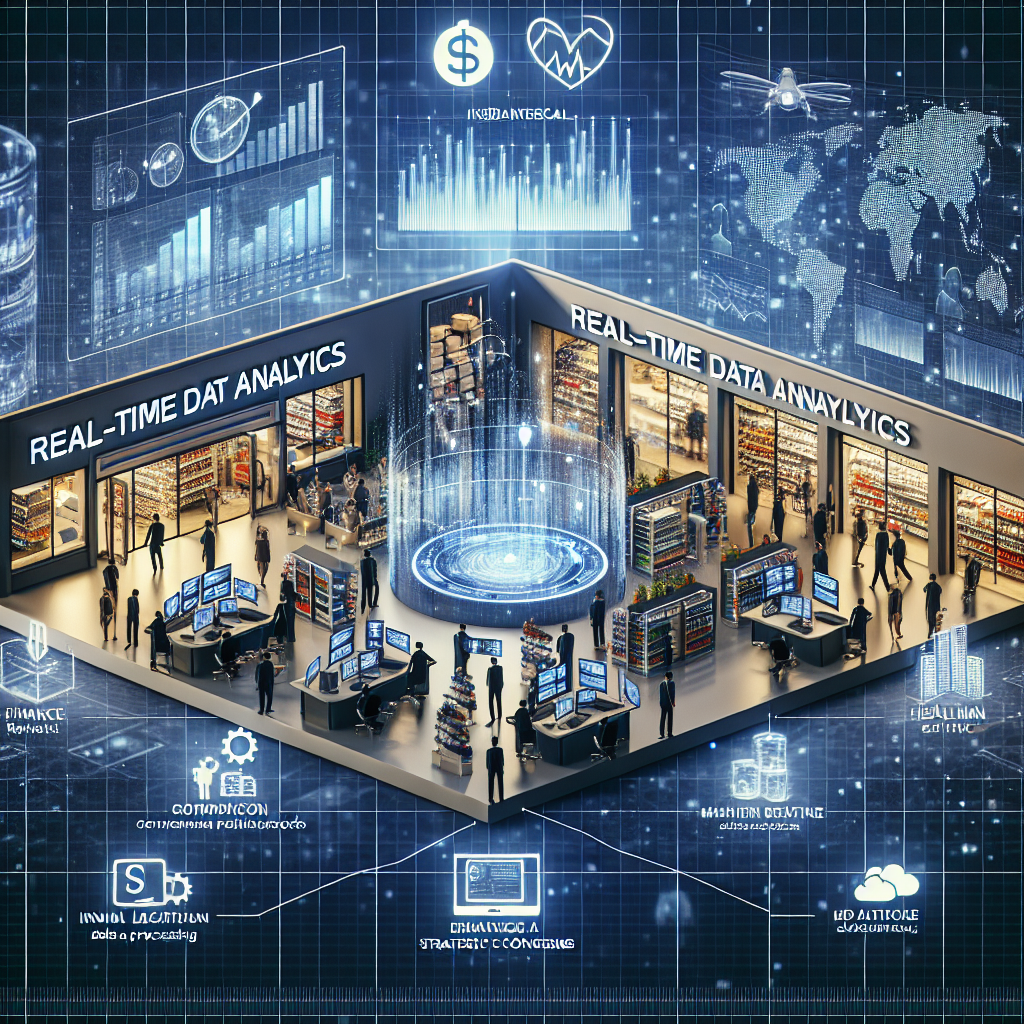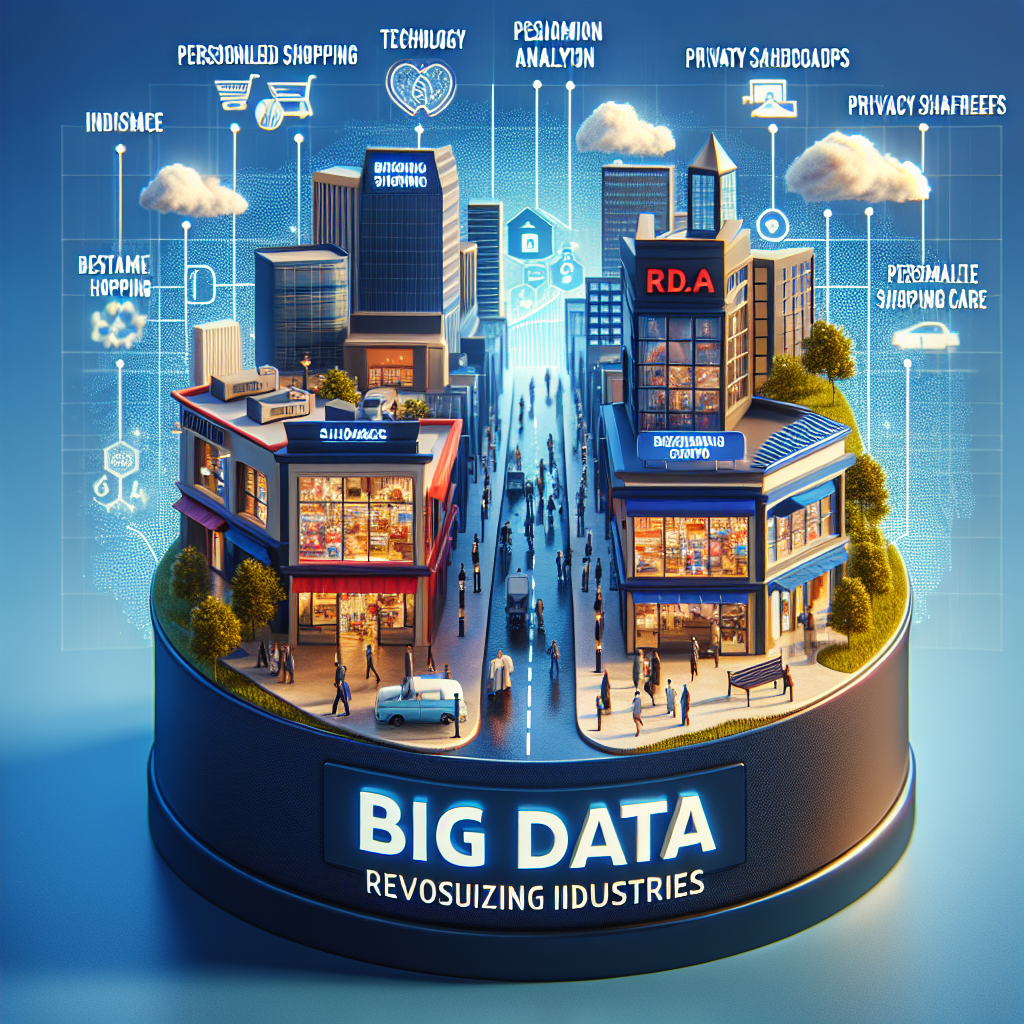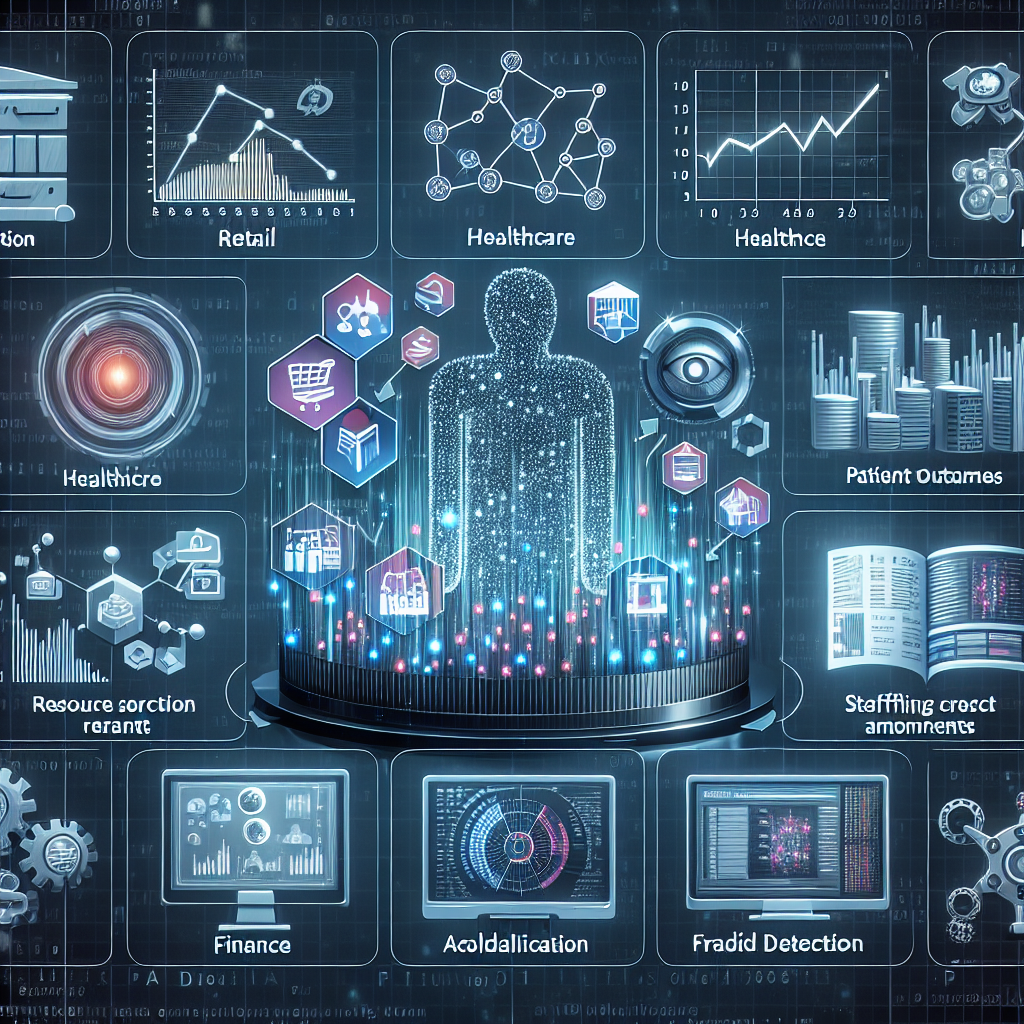 Exploring how predictive analytics is revolutionizing business decision-making by providing insights into customer behavior, optimizing resource allocation, and enhancing strategic operations.
Exploring how predictive analytics is revolutionizing business decision-making by providing insights into customer behavior, optimizing resource allocation, and enhancing strategic operations.
Predictive analytics is increasingly becoming a game-changer in various industries, transforming how businesses make decisions and strategize for the future.
By leveraging advanced algorithms and vast amounts of data, businesses can now predict trends, understand customer behavior, and make informed strategic decisions.
In recent days, companies have been focusing on how predictive analytics can be integrated into their decision-making processes to enhance efficiency and drive growth.
One of the significant trends is the increasing use of predictive analytics in customer relationship management (CRM).
By analyzing customer data, businesses can anticipate future buying behaviors, personalize marketing efforts, and improve customer satisfaction.
For instance, major retail giants are using predictive analytics to examine shopping patterns during the holiday season, enabling them to optimize inventory and staffing levels.
This trend reinforces the relevance of predictive analytics in understanding market dynamics and consumer trends.
In industries such as healthcare, predictive analytics is being utilized to predict patient outcomes and optimize resource allocation.
Hospitals and clinics analyze patient data to identify individuals at high risk of certain diseases, allowing for earlier intervention and personalized treatment plans.
This not only enhances patient care but also reduces operational costs, demonstrating the transformative power of analytics in healthcare.
Moreover, predictive analytics plays a crucial role in financial services.
Banks and financial institutions are using advanced analytics to assess credit risks, detect fraudulent activities, and streamline their operations.
Predictive models help them forecast economic shifts and adjust their strategies accordingly.
A notable case from 2012 demonstrates the power of predictive analytics, where a failing retail chain revived its business using predictive insights to refocus its marketing strategies.
The chain carefully analyzed transaction data, identifying key factors driving sales and leveraging this information to refine its approach, which resulted in a significant turnaround.
The integration of predictive analytics into business operations involves overcoming certain challenges.
Access to high-quality data remains a significant hurdle, as analytics results are only as good as the data fed into the system.
Businesses must invest in data cleansing and integration to ensure their predictive models are both accurate and reliable.
As the landscape continues to evolve, the role of predictive analytics in shaping business strategies is undeniable.
Organizations must adapt by embracing these tools to stay competitive.
With advancements in machine learning and AI, predictive analytics is expected to become even more sophisticated, offering deeper insights and greater value to businesses.
In essence, the rise of predictive analytics represents a pivotal shift in how companies make decisions, leading to improved efficiency, customer satisfaction, and profitability.














